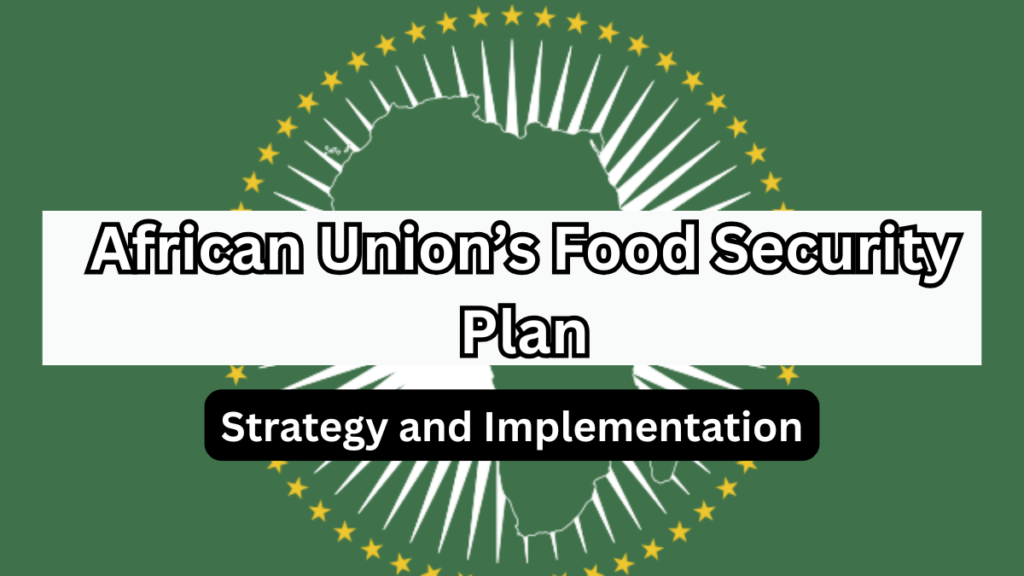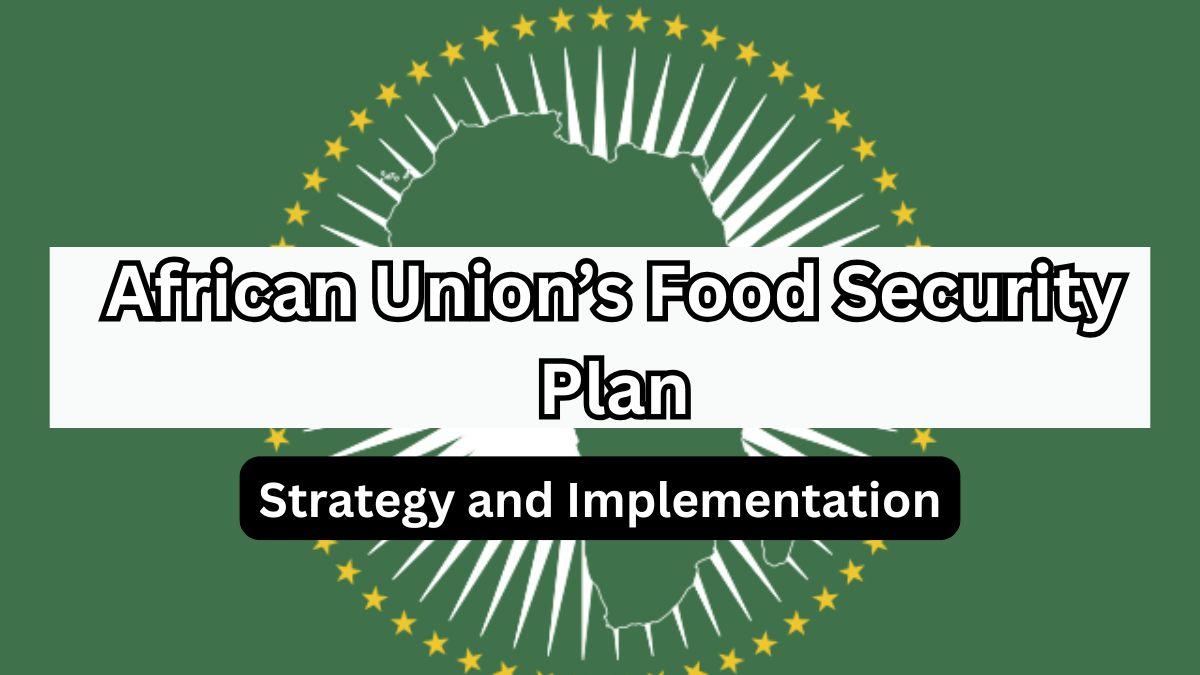As climate change, regional instability, and population growth continue to strain food systems across the continent, the African Union (AU) has launched a bold, coordinated initiative. The Food Security Africa strategy, under the broader AU 2025 agenda, aims to ensure that no African goes hungry by the year 2025.
This action plan lays out a path for sustainable agriculture, enhanced nutrition, and stronger food systems across all member states.

Why the Focus on Food Security Now?
The urgency to act stems from several interlinked challenges:
-
Rising hunger and malnutrition in both urban and rural areas
-
Heavy dependence on imported food products
-
Unpredictable climate patterns affecting crop yields
-
Limited access to technology and agricultural financing
The AU 2025 agenda views food security as central to Africa’s social stability and economic transformation.
Key Goals of the AU 2025 Food Security Plan
The plan is structured around long-term solutions rather than temporary relief. Its primary objectives include:
-
Eradicating hunger through local food production and preservation
-
Promoting sustainable and climate-resilient agriculture
-
Increasing intra-African trade in food commodities
-
Building national food reserves and emergency response systems
-
Raising public awareness on nutrition and food safety
5-Pillar Implementation Framework
The Food Security Africa plan revolves around five key pillars that collectively support a robust food system.
| Pillar | Focus Area |
|---|---|
| Agricultural Innovation | Promoting drought-resistant crops and tech adoption |
| Investment & Infrastructure | Improving rural roads, storage, irrigation, and markets |
| Policy & Governance | Enabling policies for cross-border trade and subsidies |
| Community Resilience | Empowering women, youth, and smallholder farmers |
| Data & Monitoring | Using real-time data for policy and crop management |
These pillars reflect the priorities outlined in the AU 2025 agenda for inclusive, data-driven, and forward-thinking development.
Country-Level Implementation
Several African countries have already begun integrating the AU’s framework into national programs. Here are a few examples:
-
Kenya: Scaling up irrigation systems and training smallholder farmers
-
Ethiopia: Launching national food banks and nutritional outreach programs
-
Ghana: Enhancing digital supply chains and agro-processing infrastructure
-
Nigeria: Supporting smart agriculture through public-private tech partnerships
Challenges to Overcome
Despite the strong foundation, the plan faces several practical obstacles:
-
Limited national budgets and inconsistent funding
-
Ongoing regional conflicts disrupting farming activities
-
Climate-related threats such as floods and prolonged droughts
-
Weak intergovernmental coordination in policy implementation
What’s Next?
The upcoming phases of the strategy will focus on:
-
Annual progress tracking using unified AU indicators
-
Expansion of private sector and NGO partnerships
-
Knowledge-sharing summits between AU member states
-
Investment in youth-driven agri-tech innovations
By tackling the root causes of food insecurity and aligning with local realities, the Food Security Africa mission under the AU 2025 agenda aims to build a healthier, hunger-free continent.
FAQs
What is the African Union’s Food Security Plan 2025?
It is a continental initiative designed to eliminate hunger and ensure food access by transforming agricultural systems, improving governance, and empowering local communities. It falls under the broader AU 2025 agenda.
How does the plan support smallholder farmers?
The strategy provides farmers with access to improved seeds, irrigation systems, market linkages, and digital tools—all key to increasing resilience and yields.
What role does nutrition play in the plan?
The plan includes nutrition education, biofortified crops, and dietary diversity campaigns to improve health outcomes alongside food availability.
How will progress be monitored?
Each AU member state will submit annual progress reports. These will be reviewed through a centralized AU platform tracking key food security indicators.
Click here to learn more
Sachin is a dedicated writer specializing in education, career, and recruitment topics, delivering clear and actionable insights to empower readers.
